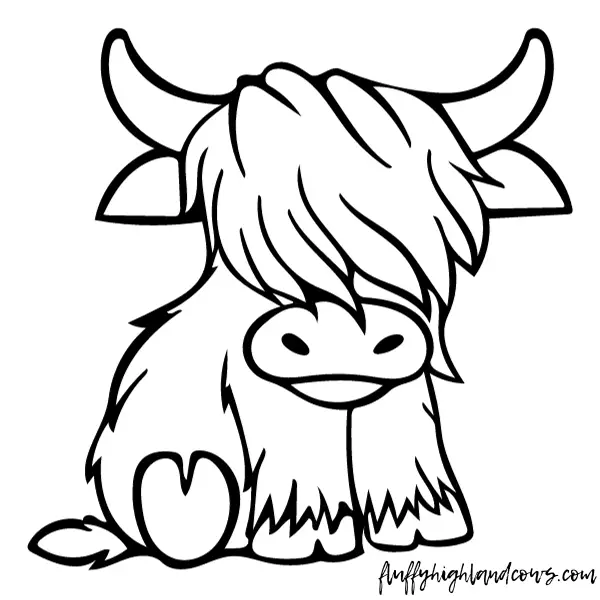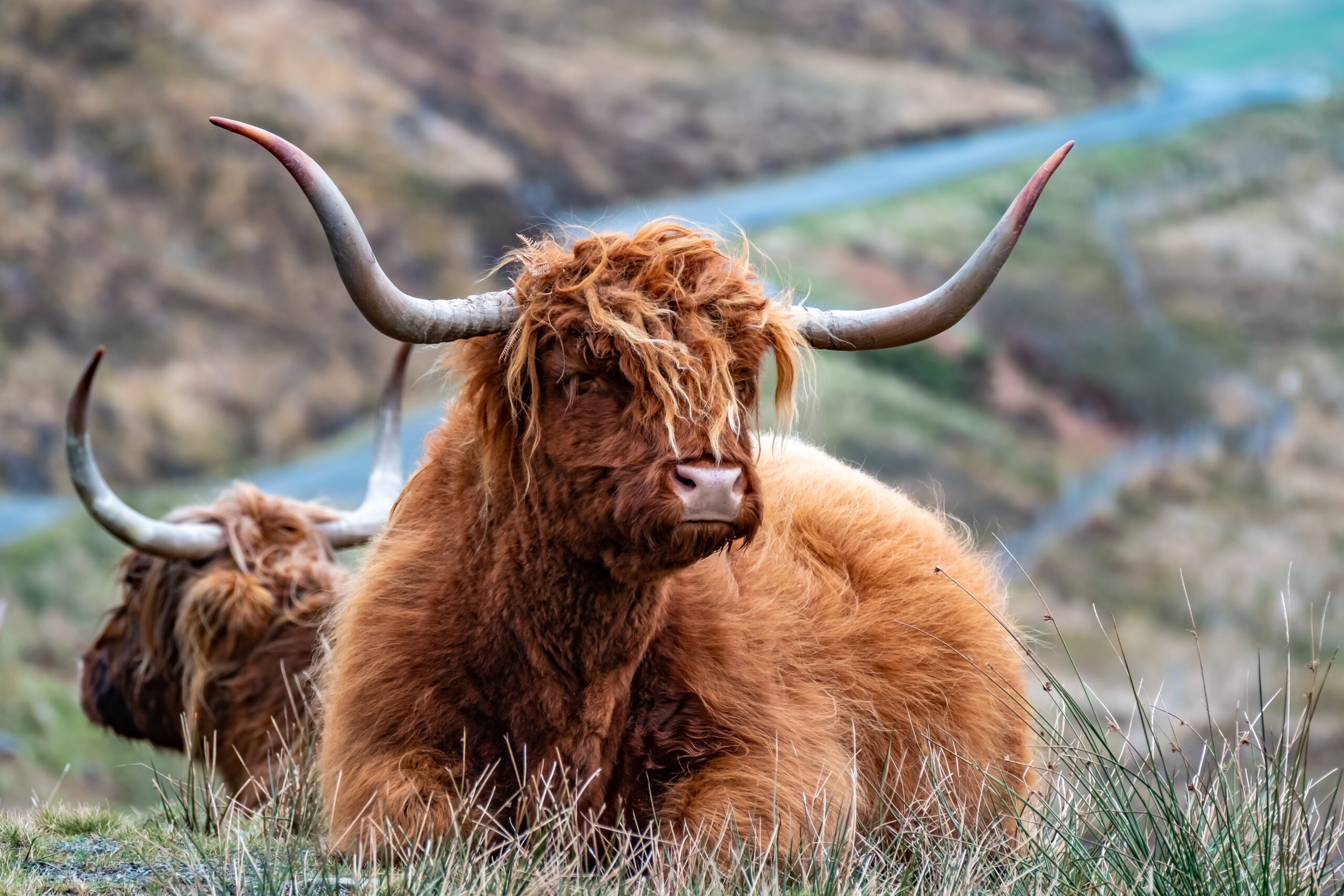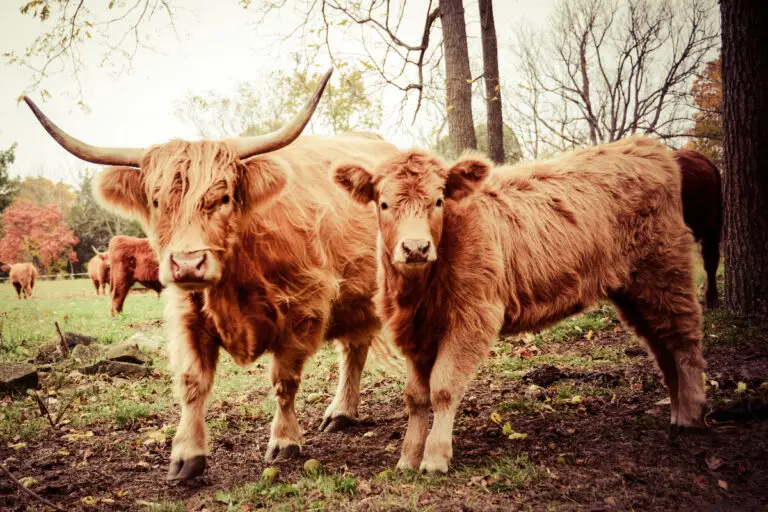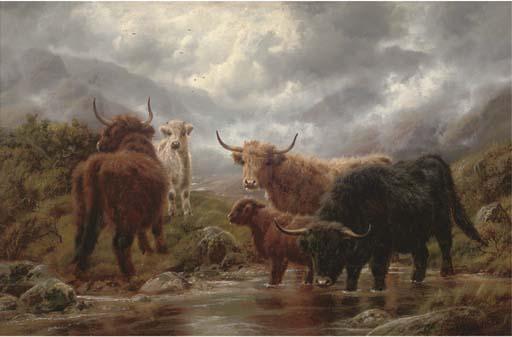From Beef to Biodiversity: What Are Highland Cows Raised For?
Highland cows, with their shaggy, rust-colored coats and distinctive long, curved horns, are a breed of cattle that have captured the hearts of many. Often referred to as “Heilan coos” in their native Scotland, these rugged and picturesque animals have a unique charm that sets them apart in the world of livestock. But what exactly are Highland cows raised for? In this article, we will delve into the multifaceted purposes of these beloved creatures and explore the roles they play in agriculture, conservation, and even tourism.
Highland cattle, scientifically known as Bos taurus, hail from the Highland region of Scotland and have a rich history dating back several centuries. Over time, they have evolved into a distinct breed known for their hardiness and adaptability to challenging environments. In recent years, they have gained popularity far beyond the Scottish hills, finding homes on farms and ranches around the world.
While Highland cows are renowned for their picturesque appearance, there’s more to them than meets the eye. They serve various practical purposes that make them a valuable addition to the agricultural landscape. From meat production to milk, conservation grazing to tourism, these animals wear many hats, and each role they play is as fascinating as the next.
In this article, we will take a closer look at the historical background of Highland cattle and their significance, explore their primary role in meat production, examine their secondary purpose in milk production, and uncover how they contribute to conservation efforts. We will also touch upon their role in the world of tourism and the challenges faced by those who raise them.
So, whether you’re a Highland cow enthusiast, a farmer considering raising this distinctive breed, or simply curious about these gentle giants, join us on a journey to discover what Highland cows are truly raised for.
Historical Background
Before we dive into the various roles Highland cows play today, it’s essential to understand their historical roots and significance. These remarkable cattle have a heritage that stretches back centuries and is deeply intertwined with the Highland region of Scotland.
The ancestors of Highland cattle arrived in Scotland over 2,000 years ago, likely brought by Celtic settlers. Over time, through natural selection and adaptation to the rugged Scottish terrain, they evolved into the robust and hardy animals we know today. These early cattle were primarily kept for their meat, milk, and hides, serving as crucial resources for the local communities.
Throughout Scottish history, Highland cattle have played pivotal roles. During times of war and strife, they were often used as a source of sustenance for the clans, providing nourishing meat and milk. Their hides were used to create garments and shelter, showcasing the breed’s versatility.
In addition to their practical uses, Highland cattle also held cultural and symbolic importance in Scotland. They were featured in Highland games and events, and their iconic appearance became a symbol of Scotland’s wild and untamed landscapes.
Despite their deep roots in Scotland, Highland cattle eventually found their way to other parts of the world, including North America, where they became popular among ranchers and farmers for their adaptability to harsh climates.
Today, Highland cattle continue to pay homage to their historical legacy while adapting to modern roles. They are no longer just a resource for survival but a source of pride, fascination, and inspiration for people worldwide. In the following sections, we’ll explore the diverse ways in which Highland cows are raised and appreciated in the contemporary world.
Meat Production
Highland cows are renowned for their role in beef production, and this is one of their primary purposes in modern agriculture. While their distinctive appearance sets them apart, it’s their meat that often takes center stage in Highland cattle farming.
One of the defining features of Highland beef is its exceptional quality. The meat from Highland cattle is highly regarded for its tenderness, marbling, and rich flavor. This is partly due to the breed’s slow maturation process, which allows for the development of well-marbled, succulent meat. The intramuscular fat, or marbling, in Highland beef not only enhances the flavor but also makes it incredibly juicy when cooked.
Highland cattle are known for their robust build, which allows them to thrive in challenging environments. Their long, shaggy hair provides natural insulation, making them well-suited to colder climates. This adaptability ensures that they can graze on a variety of terrains and forage for their own food.
The market demand for Highland beef has been steadily increasing, particularly among consumers who appreciate the unique qualities of this meat. It’s not uncommon to find Highland beef featured in high-end restaurants and specialty butcher shops, where its distinctive flavor and tenderness are highly sought after.
Beyond the commercial aspect, Highland beef has also gained popularity among those who are conscious of the source of their food. Many consumers value the breed’s natural, low-impact farming methods and appreciate the sustainable approach to meat production that Highland cattle farming embodies.
In essence, Highland cows are raised for their exceptional beef, which combines quality, flavor, and a unique farming approach. This role in meat production not only honors their historical roots but also contributes to the preservation of this remarkable breed in the modern agricultural landscape.
Milk Production
While Highland cattle are primarily known for their beef, they also play a secondary but significant role in milk production. The milk produced by Highland cows, though not as abundant as that of dairy-specific breeds, has its own set of characteristics and uses that make it valuable.
Highland cow milk is known for its high butterfat content and rich, creamy texture. While their milk yield may not rival that of dedicated dairy breeds, the quality of Highland cow milk makes it a sought-after ingredient in the production of artisanal dairy products.
One of the traditional uses of Highland cow milk is in cheese production. Cheesemakers appreciate the high-fat content of this milk, which contributes to the creamy consistency and rich flavor of Highland cow cheese. Cheeses like Highland Cheddar and Dunlop are well-known examples of artisanal products that rely on Highland cow milk.
In addition to cheese, Highland cow milk is used to make butter. The high butterfat content makes it particularly suitable for producing rich and flavorful butter, prized by those who enjoy its superior taste and texture.
While not a primary focus, the milk production aspect of Highland cows adds diversity to their role in agriculture. It allows for the creation of unique, high-quality dairy products that cater to discerning consumers and contribute to the preservation of traditional dairy craftsmanship.
So, alongside their prominent role in beef production, Highland cows contribute to the world of dairy with their distinctive milk, enriching the culinary landscape with products that celebrate their unique attributes.
Conservation Grazing
Highland cows serve a unique and vital role in conservation efforts, and their grazing habits are a testament to their adaptability and usefulness in maintaining natural ecosystems.
One of the notable features of Highland cattle is their ability to thrive in rugged and less fertile landscapes. They are highly skilled at foraging for food in areas where other livestock breeds may struggle. This adaptability makes them well-suited for conservation grazing, a practice that involves using livestock to manage and restore ecosystems.
Conservation organizations and land managers often employ Highland cattle to help control vegetation in conservation areas, including nature reserves, wetlands, and grasslands. Their grazing habits are particularly effective at controlling invasive plant species and promoting the growth of native flora. By doing so, Highland cows contribute to the restoration and maintenance of biodiverse habitats.
Furthermore, their gentle and non-destructive grazing style helps preserve fragile ecosystems. Unlike some other livestock breeds, Highland cattle are less likely to trample or overgraze areas, minimizing damage to the landscape.
Highland cows’ role in conservation grazing aligns with their historical significance in Scotland, where they have long been part of the natural landscape. In modern times, their contribution to preserving and restoring ecosystems has earned them a place of honor in conservation efforts worldwide.
In the next sections, we will explore additional roles that Highland cows play, including their impact on tourism and their presence in cultural events. These roles highlight the breed’s versatility and enduring appeal in contemporary society.
Tourism and Aesthetics
The iconic and picturesque appearance of Highland cows has made them not only valuable in agricultural and conservation contexts but also in the world of tourism and aesthetics. Visitors to regions where Highland cattle are raised often find themselves captivated by these gentle giants, and they have become a popular attraction in their own right.
Here are some ways in which Highland cows contribute to tourism and aesthetics:
- Farm Visits and Agritourism: Many farms that raise Highland cattle welcome visitors who want to experience the charm of these animals up close. Tourists of all ages can observe Highland cows grazing peacefully in their natural habitats, pet them, and even participate in feeding sessions. These farm visits provide a unique and educational experience for families and nature enthusiasts.
- Cultural and Promotional Events: Highland cattle are often featured in cultural events, especially in regions where they are native. They take part in Highland games, parades, and festivals, showcasing their role in Scottish heritage. Additionally, they are often used in promotional materials and advertisements to evoke a sense of rugged beauty and natural authenticity.
- Photographic Appeal: The shaggy coats, long horns, and serene demeanor of Highland cows make them excellent subjects for photographers and artists. Their striking appearance against scenic landscapes, such as rolling hills and misty moors, has made them a favorite for capturing the essence of the countryside.
- Branding and Merchandise: The image of a Highland cow has become a symbol of untamed wilderness and authenticity. As a result, their likeness is frequently used in branding and merchandise, from clothing and home decor to food and beverages, adding a touch of rustic charm to products.
Highland cows not only contribute to the economic prosperity of regions that embrace tourism but also remind people of the importance of preserving natural landscapes and the cultural heritage associated with these majestic creatures. They serve as ambassadors for the beauty and tranquility of rural life, attracting visitors from all around the world to experience a connection with nature and history.
Highland Cows: Their Roles in Agriculture, Conservation, and More
In this exploration of the multifaceted roles of Highland cows, we’ve discovered that these remarkable creatures are much more than just a picturesque addition to the countryside. From their historical roots in Scotland to their contemporary roles in agriculture, conservation, and tourism, Highland cows have proven their adaptability and enduring appeal.
Highland cattle serve as a testament to the interconnectedness of humans, nature, and culture. Their history is intertwined with the people and landscapes of Scotland, and their contributions to various aspects of modern society reflect their versatility and value.
As we’ve seen, Highland cows are primarily raised for their exceptional beef, known for its marbling and flavor. They also provide rich milk for artisanal dairy products, contribute to conservation efforts through grazing, and enchant tourists and artists with their iconic appearance. However, along with their roles come challenges and concerns related to their health, conservation, economics, and genetic diversity.
Preserving the legacy and future of Highland cattle requires a delicate balance between tradition and innovation, conservation and commerce. Farmers, conservationists, and enthusiasts must work together to ensure the well-being of these gentle giants and the ecosystems they inhabit.
In closing, whether you’re drawn to Highland cows for their meat, milk, conservation value, or simply their aesthetic charm, there’s no denying the enduring allure of these shaggy-haired, horned wonders. As we continue to learn, appreciate, and care for Highland cattle, we ensure that their unique contributions to our world endure for generations to come.







